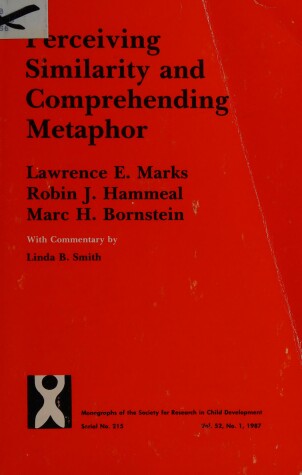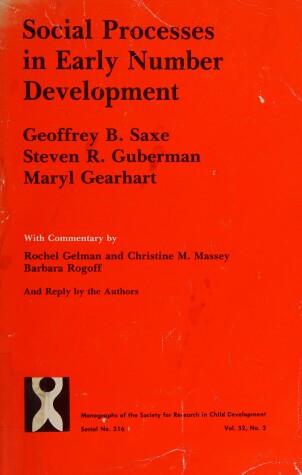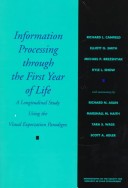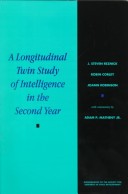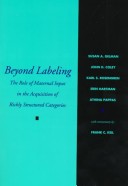Monographs of the Society for Research in Child Development
5 primary works • 10 total works
Book 215
Perceiving Similarity and Comprehending Metaphor
by Lawrence E. Marks and etc.
Book 216
Book 222
The Development of Forgetting and Reminiscence
by Charles J Brainerd, etc., V.F. Reyna, M.L. Howe, and J. Kingma
Book 226
Coping with Marital Transitions
by Mavis Hetherington, etc., W. Glenn Clingempeel, Edward R. Anderson, James E. Deal, Margaret Stanley Hagan, E. Ann Hollier, and Marjorie S. Lindner
Book 250
Information Processing Through the First Year of Life
by Richard Canfield and etc.
v. 249
A Longitudinal Study of Intelligence in the Second Year
by Steven Reznick and etc.
v. 54, nos. 1-2
The Development of Emotion Expression During the First Two Years of Life
by Carol Z. Malatesta and etc.
No 248, vol 61, no 4
Interviewing Young Children About Body Touching and Handling
by Margaret Steward and etc.
253, 63:1
